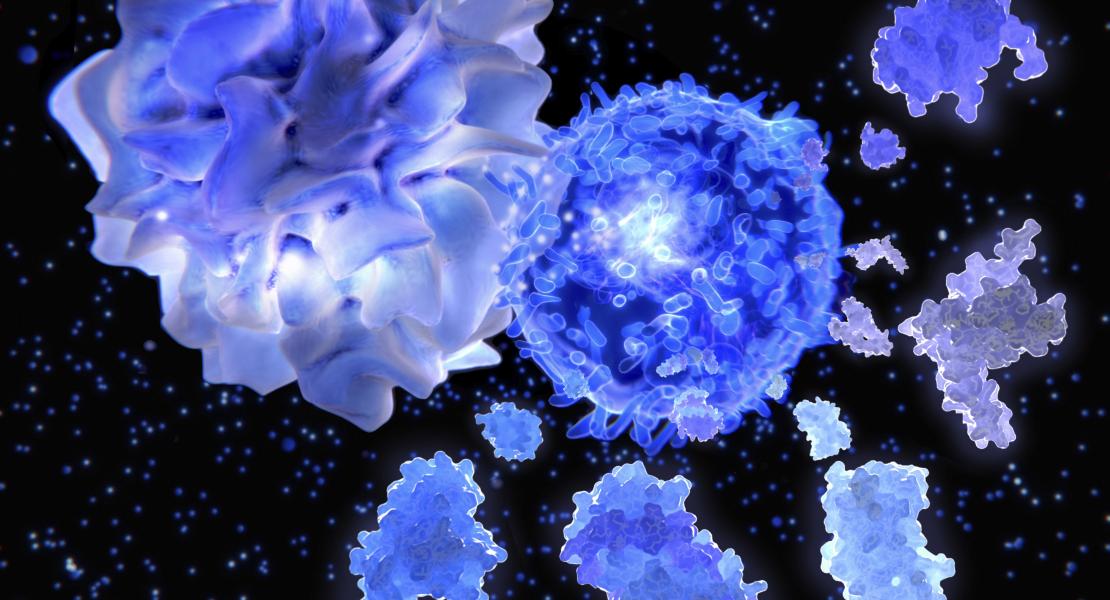Noncoding RNA transcription targets AID to divergently transcribed loci in B cells

Abstract
The vast majority of the mammalian genome has the potential to express noncodingRNA (ncRNA).The 11-subunit RNA exosome complex is the main source of cellular 39–59 exoribonucleolytic activity and potentially regulates the mammalian noncoding transcriptome1 . Here we generated a mouse model in which the essential subunit Exosc3 of the RNA exosome complex can be conditionally deleted. Exosc3-deficient B cells lack the ability to undergo normal levels of class switch recombination and somatic hypermutation, two mutagenic DNA processes used to generate antibody diversity via the B-cell mutator protein activation-induced cytidine deaminase (AID)2,3. The transcriptome of Exosc3-deficient B cells has revealed the presence of many novel RNA exosome substrate ncRNAs. RNA exosome substrate RNAs include xTSS-RNAs, transcription start site (TSS)-associated antisense transcripts that can exceed 500 base pairs in length and are transcribed divergently from cognate coding gene transcripts. xTSSRNAs are most strongly expressed at genes that accumulate AIDmediated somaticmutations and/or are frequent translocation partners of DNA double-strand breaks generated atIgh in B cells4,5. Strikingly, translocations near TSSs or within gene bodies occur over regions of RNA exosome substrate ncRNA expression. These RNA exosomeregulated, antisense-transcribed regions of the B-cell genome recruit AID and accumulate single-strand DNA structures containing RNA– DNA hybrids. We propose that RNA exosome regulation of ncRNA recruits AID to single-strand DNA-forming sites of antisense and divergent transcription in the B-cell genome, thereby creating a link between ncRNA transcription and overall maintenance of B-cell genomic integrity.
